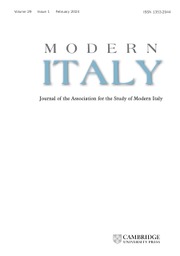The Shaping of Tuscany
To its many tourists and visitors, the Tuscan landscape evokes a sense of timelessness and harmony. Yet, the upheavals of the twentieth century profoundly reshaped rural Tuscany. Uncovering the experiences of ordinary people, Professor Gaggio traces the history of Tuscany to show how the region's modern conflicts and aspirations have contributed to forging its modern-day beauty. He demonstrates how the rise of Fascism was particularly violent in rural Tuscany, and how struggles between Communist sharecroppers and their landlords raged long after the end of the dictatorship. The flight from the farms in the 1950s and 1960s disorientated many Tuscans, prompting ambitious development projects, and in more recent decades the emergence of the heritage industry has raised the spectre of commodification. This book tells the story of how many Tuscans themselves have become tourists in their own land – forced to adapt to rapid change and reinvent their landscape in the process.
- Offers an engaging and comprehensive history of the region of Tuscany
- Shows how the beauty of Tuscany was forged from conflict and compromise rather than inherited from the past
- Proposes a new understanding of landscapes shaped by conflicts over senses of place and time
Reviews & endorsements
'… a fascinating study of how 'timelessness' is often the product of a very complex and modern process involving negotiation. Gaggio provides an excellent example of 'spatial history' that hopefully will serve to inspire further studies of its kind.' Paul Baxa, The American Historical Review
'Gaggio's book is a masterful analysis that shows how the beauty of Tuscany, rather than being a natural feature of its landscape, is a fragile product of history - or rather, the many histories of its peasants and land-lords, locals and travelers.' Angelo Matteo Caglioti, Journal of Interdisciplinary History
Product details
November 2018Paperback
9781107567214
309 pages
229 × 152 × 16 mm
0.55kg
25 b/w illus. 1 map
Available
Table of Contents
- Introduction
- 1. Race, nation, land: reclaiming Tuscany's hill country under Fascism
- 2. Newer beginnings: the landscape of social strife
- 3. Left behind: the rural exodus
- 4. The uses of emptiness: rural Tuscany after the exodus
- 5. The farmhouse and the museum: Tuscany as patrimony
- 6. Searching for the Bel Paesaggio: norming and litigating the landscape
- Conclusion
- Index.

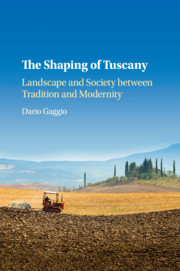
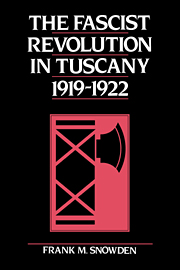
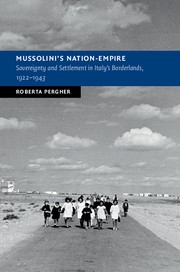


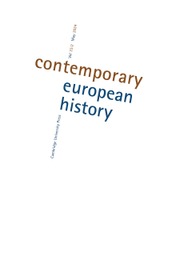
.jpg)
.jpg)
